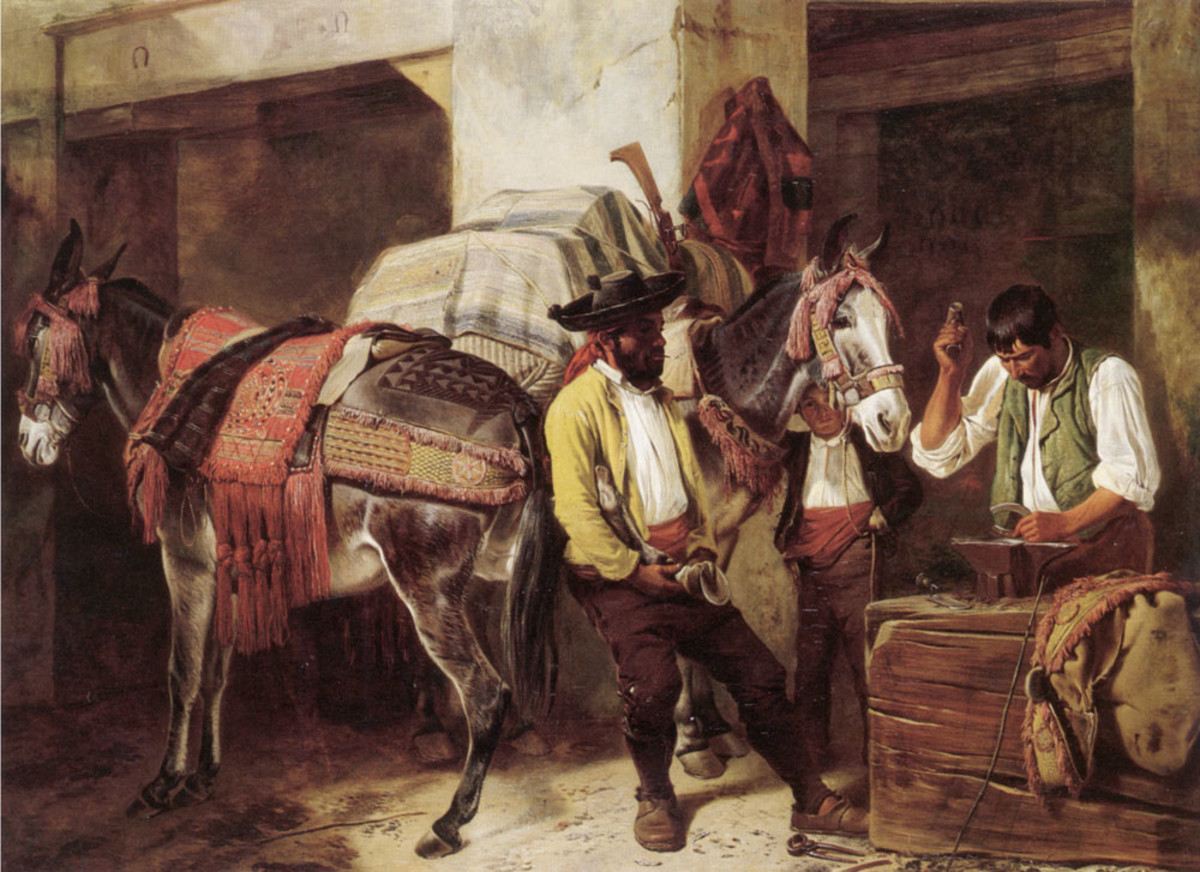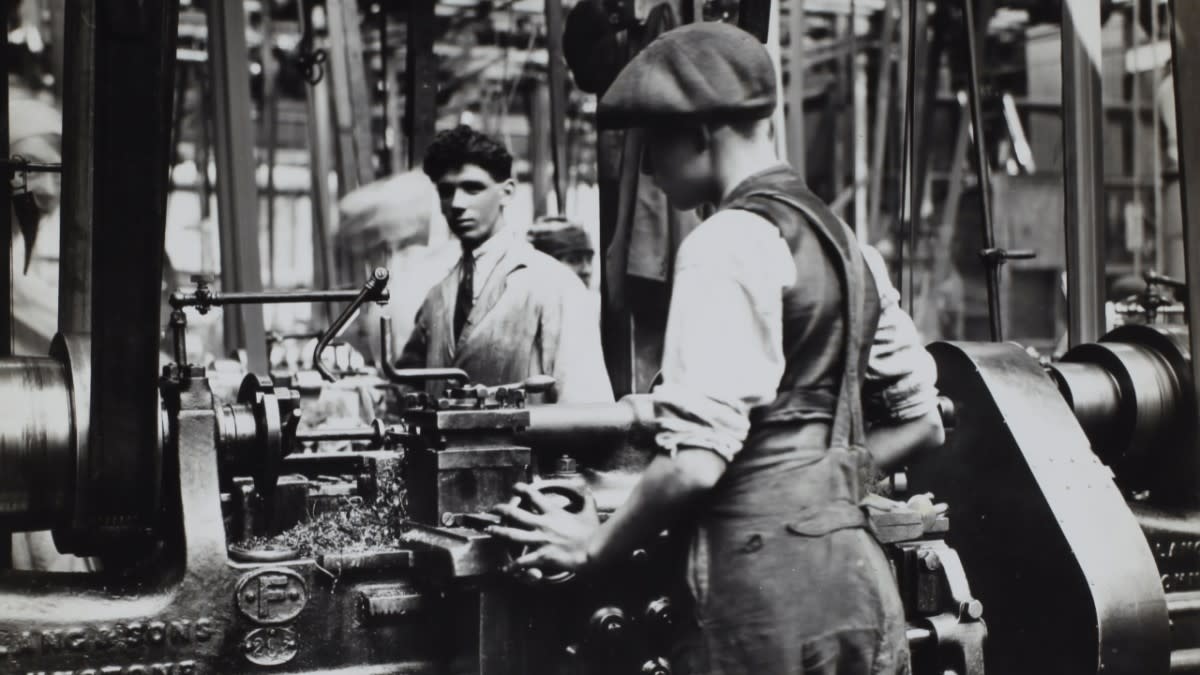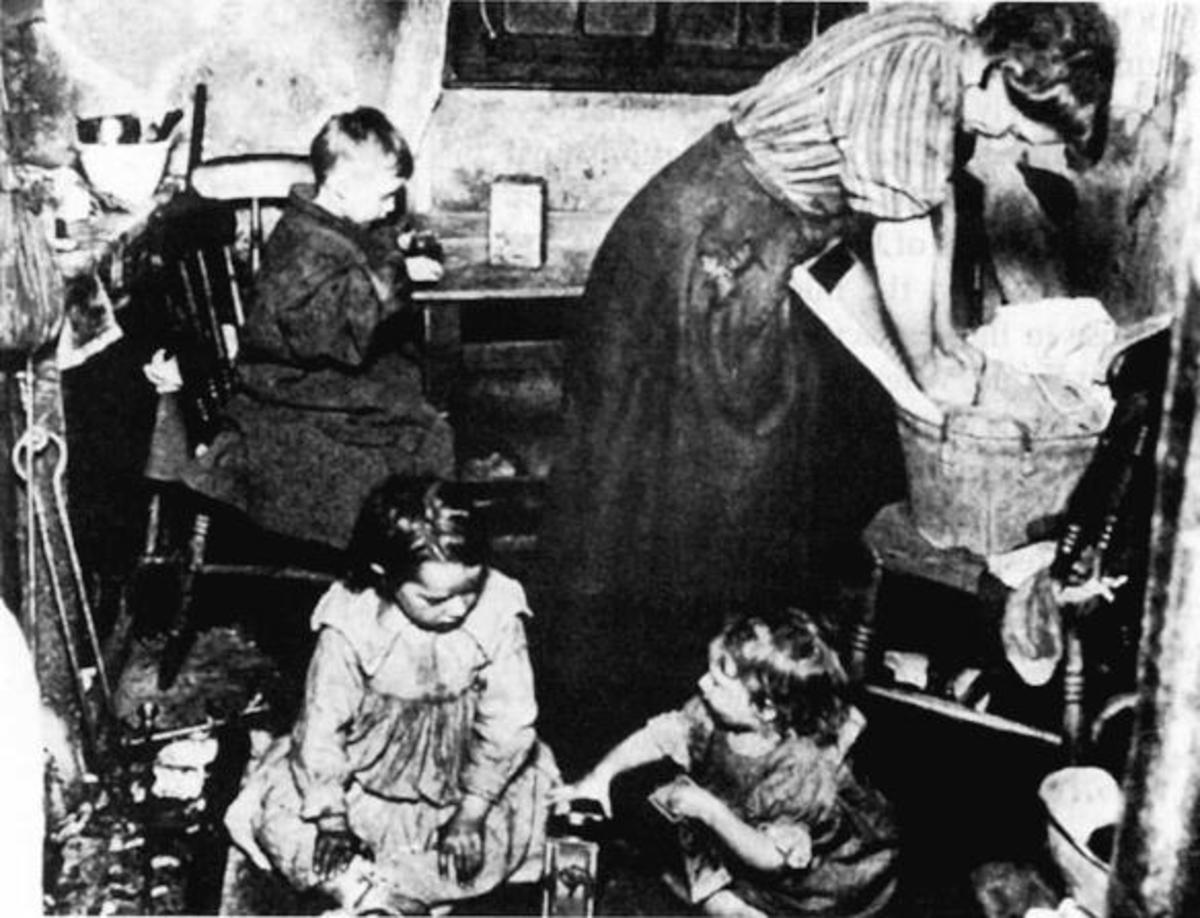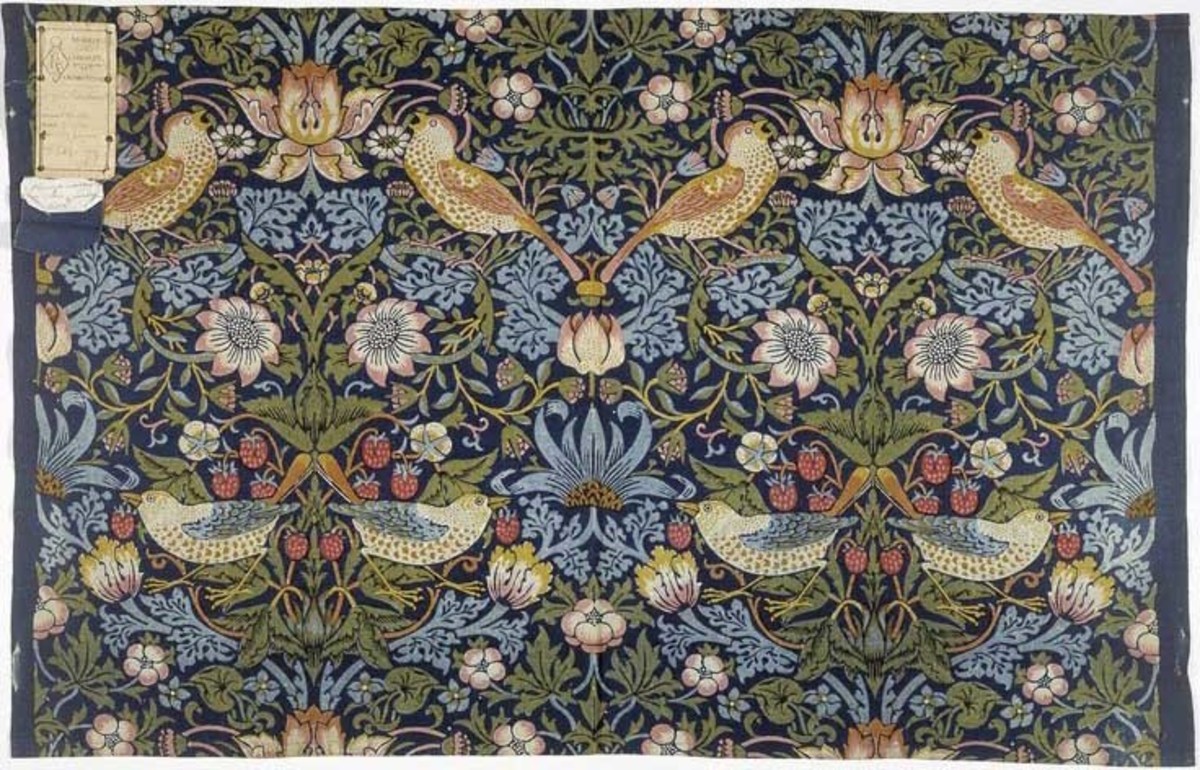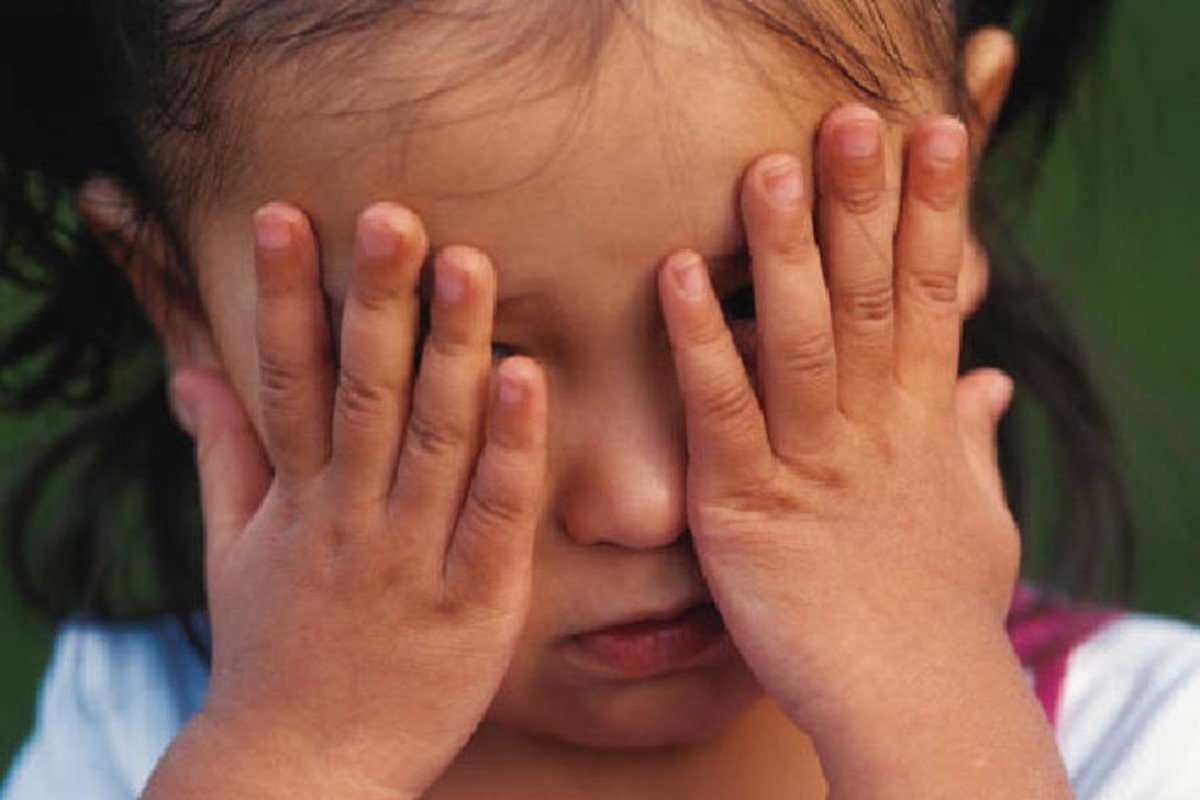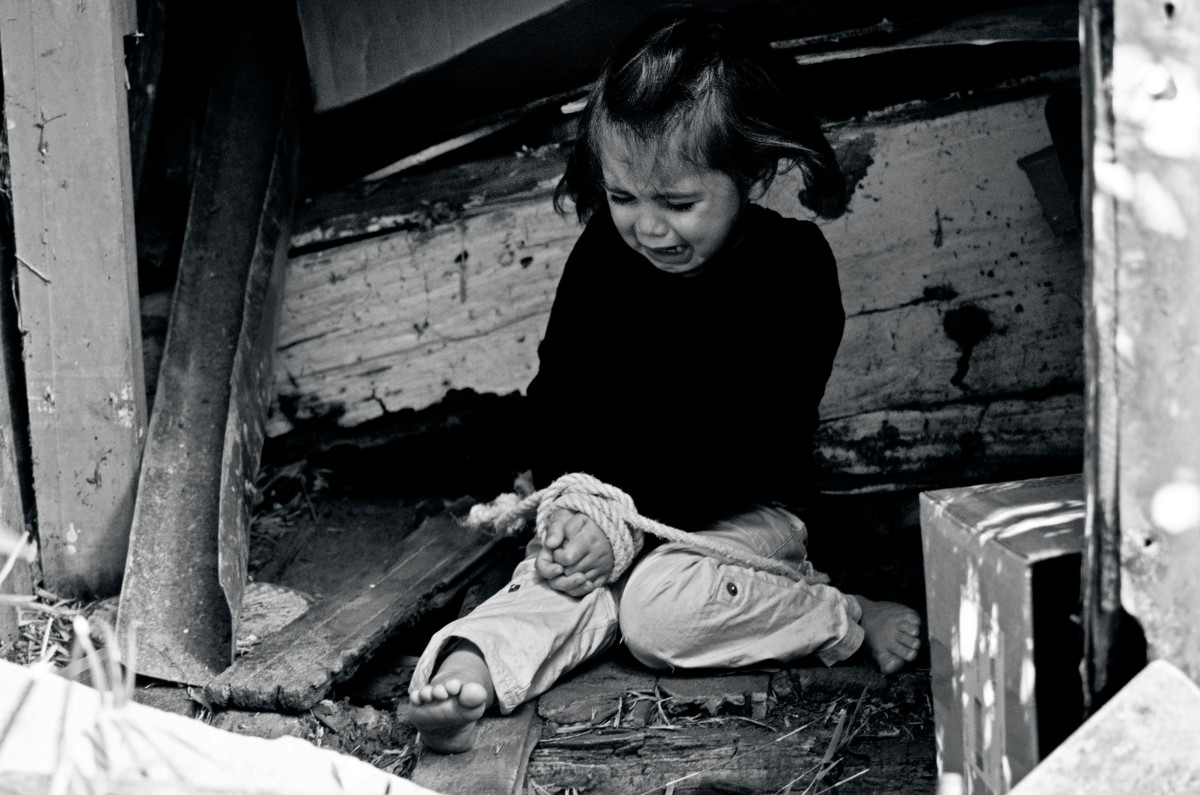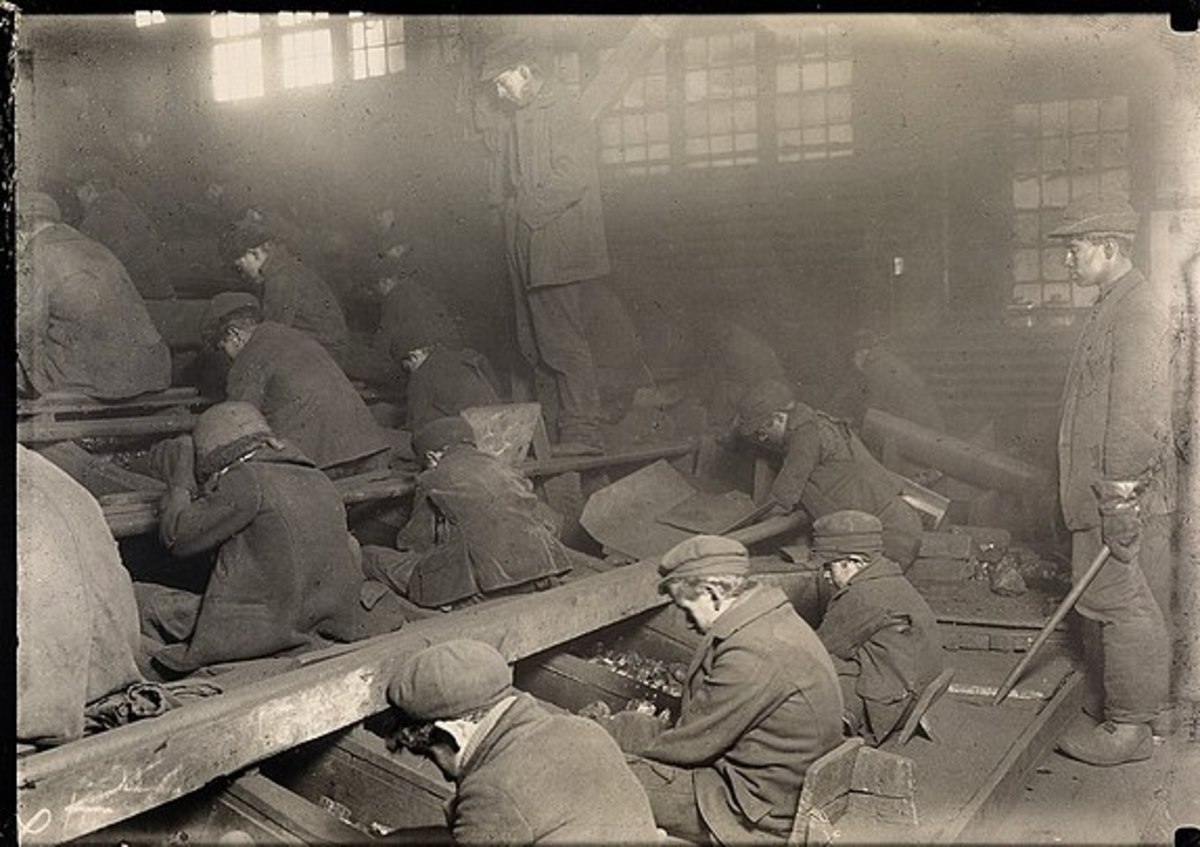A Look Into the Truth—Child Labor
A dark innovation
When people think of the industrial revolution, they concentrate on the irreplaceable innovations that affect even life today. The steam engine started the era of auto-transportation, while the telegraph made it probable for intercontinental communication. Many overlooked the fact that child-labor was another creation of the revolution. Kids between the age of 6-12 stand for 12 hours working in mills of inferior condition. Many suffered long-lasting physical injuries, while others experience psychological breakdowns due to the pressure given by the overseer. This article will bring you even deeper into the details of what purgatory mills were at that time. With scientific explanations as support, you will understand the twisted truth of child labor and its impacts on innocent children.
First of all, you need to understand how inferior the conditions were in the mills. The only way for you to truly understand is if you ever had the "pleasure" of traveling back in time to the Industrial Revolution. The closed rooms let in only a tiny amount of sunlight and fresh air. It was the most desirable place for bacterias to originate, considering the moist air of the summer. Clouds of dust settled from the machine, making it impossible to breathe. The poor air quality increased the stakes of SARS, asthma, and other respiratory diseases. Children also worked in extraordinarily high temperatures of 80 degrees Fahrenheit. The intense heat caused over- perspiration and loss of energy, which can result in dehydration and heatstroke. The kids already had weak immunity. Now with the additional torment of diseases and sufferings, it is not inaccurate to say that death was always near those kids.
Long-lasting tumor
You might think, with more advanced ideologies and humane government systems, that child labor today is more like child employment. Untrue. Kids today live lives barely any better than those back in history. "More than half of the World’s 200 million working children are working under hazardous conditions. Behind every single number is a child denied the right to a childhood and a normal, healthy life." These kids are forced to work in factories, farms, and mines. Seldom do they get freed by the local government, considering the power (both economic and man) of the factory owners, or shall I say, traffickers. These people buy their way through the government, through the so-called justice, only to make more money from the suffering of innocent young lives. Girl workers in Ghana describe their working condition as "deadly" while mentioning, quote, "Stress; exhaustion; sunburn; too much heat; backache; long working hours; a lack of good drinking water; falling trees; tripping on ropes; wounds from machetes; using bare hands to apply fertilizer."
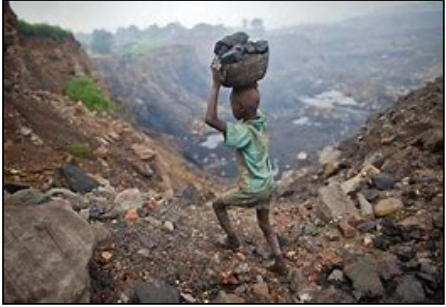
Growth? Really?
Now let's compare the working conditions between ancient and modern child labor. As mentioned earlier, the former takes place in closed, dark mills with poor sanitary conditions. The latter, according to Kumar, a child laborer, is not different. "It was like a prison; we were locked inside. We worked from 5 a.m. until midnight making carpets, and we slept among the machines." Closed, dark, living near dangerous and dirty machines... Sometimes I wonder, in what ways are we superior to our ancestors? Are we not doing the same cruel things? Are we not repeating their mistakes instead of learning from them? The image below shows a very young kid holding a giant boulder over his head, with one layer of protection, which is also made from rocks, on. But that's not finished. If you look closely at the blurred background, you can see how inhumane it is. A big landfill is only meters from a collapsing house, while dirty water flows, uncontrolled, everywhere. Plagues can easily spawn due to the excessive amount of waste and can spread through contaminated water. Again, how are we any better than our ancestors?
According to theworldcounts.com, modern child labor is unpaid. Others are paid , at most, 20 cents per day. In modern days, kids won’t be able to see 2 sunrises with 20 cents without starving. At least in the 19th century, 2 shillings can get you some food. Again with the question: are we truly better than our progenitors?
The United Nations Convention on the Rights of the Child says every child under 18 has the right to education, play, rest, and protection from child labor. But what about the 800,000 children sold as slaves merely this year? Do they not deserve the same constitution? Are they not children? They are. Everyone, including the governments, know perfectly well that child labor is unconstitutional. The problem today is, with enough power and money, you are able to buy your way through justice, through the laws, and are free to act as devilish as you wish. This is something that existed only on a small scale back in the 19th century.
We are, with multiple perspectives considered, in no shape or form better than our antecedents. We are sadistic. We feel no shame in treating kids in barbaric ways. This is the sad but veracious truth.

